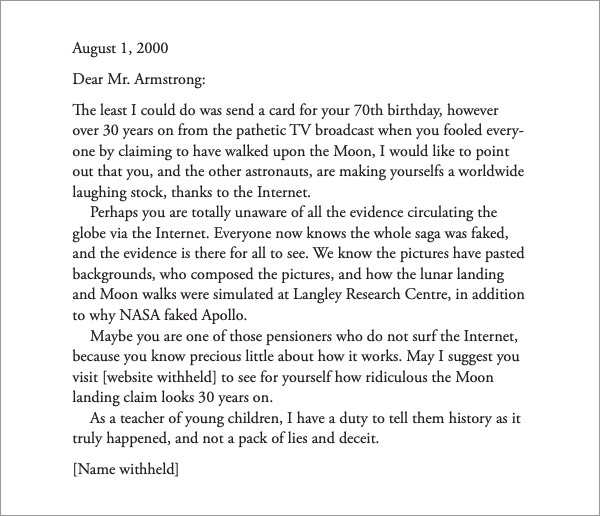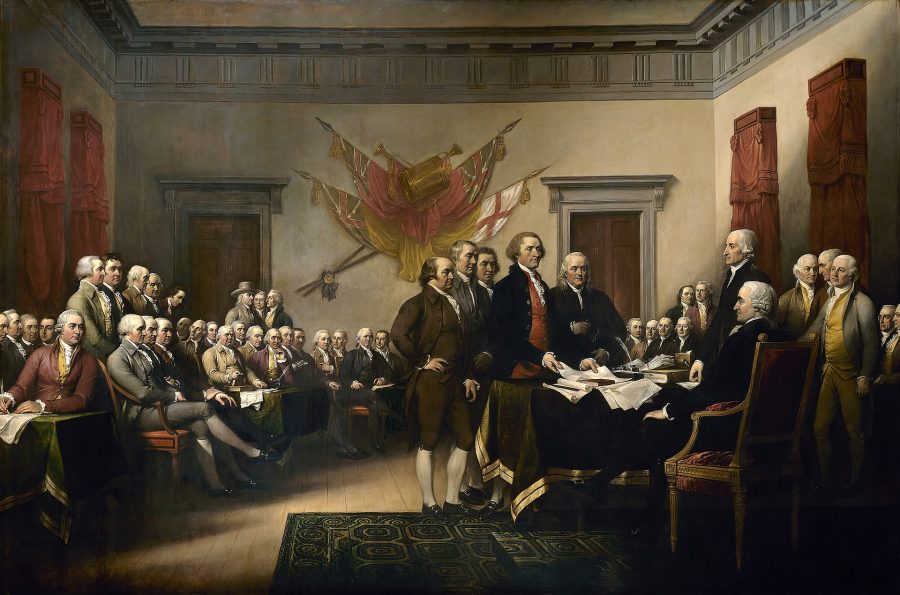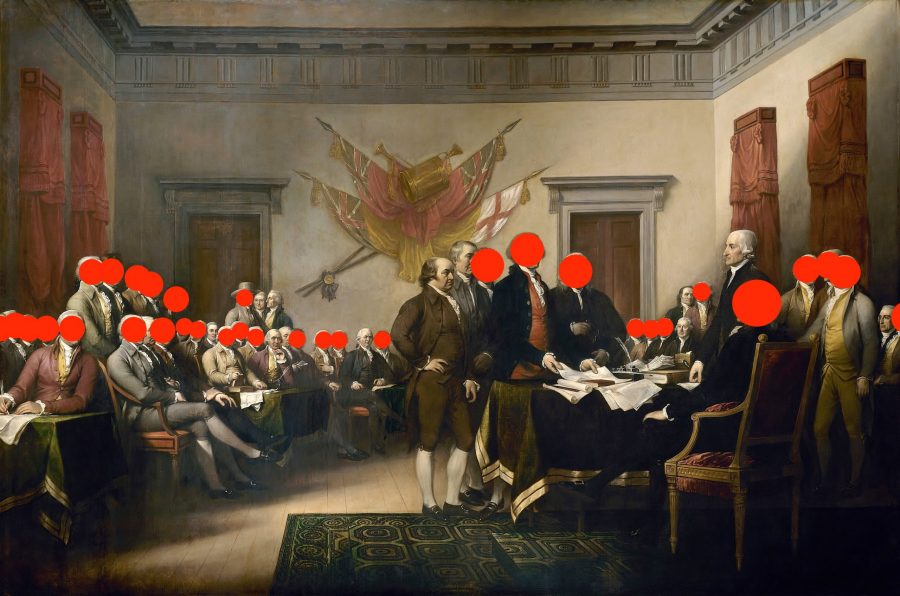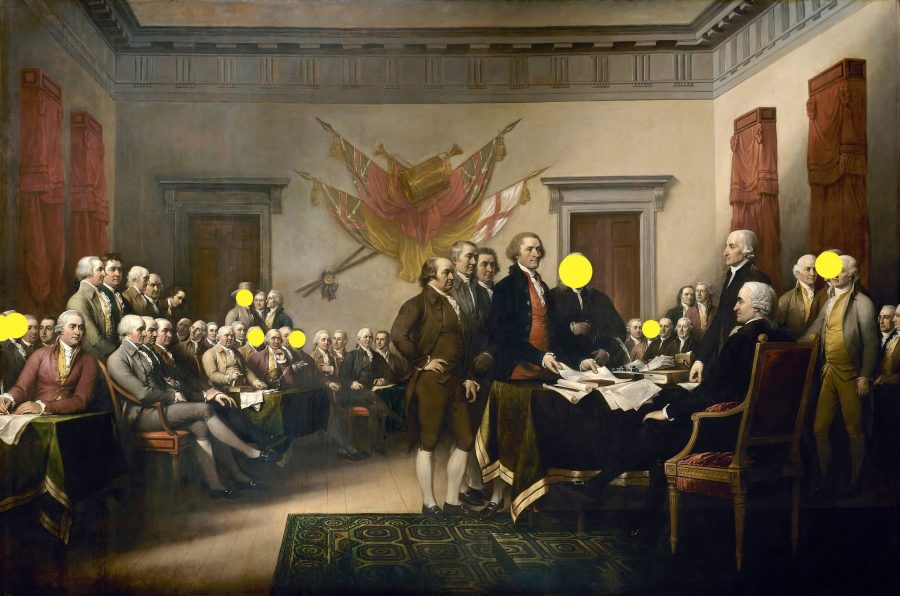When Georgia O’Keeffe first saw the home in Abiquiú, in Northern New Mexico that she would purchase from the Catholic Church in 1945 “the 5,000-square-foot compound was in ruins,” writes the Georgia O’Keeffe Museum. The artist immediately seized on its potential: “As I climbed and walked about in the ruin,” she remembers, “I found a patio with a very pretty well house and bucket to draw up water. It was a good-sized patio with a long wall with a door on one side. That wall with a door in it was something I had to have.”
Designated a National Historic Landmark in 1998, the “pueblo-style adobe (mud brick) hacienda” became one of the most renowned of artists’ houses, associated as closely with O’Keeffe as Frida Kahlo’s Blue House is with her work. O’Keeffe moved to the Southwest for good in 1949, three years after her husband Alfred Stieglitz’s death. Her spiritual connection to the region began with a visit to Taos in 1929, and she continued to visit and paint the area throughout the 30s and 40s.
The story about her discovery of the famous house—photographed hundreds of times by her and dozens of others—seems emblematic of the decades of decisive, mature painting and photography. Her vision seems supremely confident and entirely sui generis—a passionate way of seeing as distinctive as van Gogh’s. But like van Gogh, and every other famous artist, O’Keeffe served an apprentice period, which at the turn of the 20th century meant learning classical techniques. Once in New York, she became known for experimental paintings of skyscrapers and her stunning abstract flowers.
In the TED-Ed lesson above by Iseult Gillespie, we learn how O’Keeffe turned her early formal training into her first series of abstract drawings, in charcoal. These works “defy easy classification, suggesting, but never quite matching, any specific natural reference.” O’Keeffe mailed the drawings to a friend in New York, who showed them to Stieglitz, who “became entranced.” Soon after, he arranged her first exhibit. Her student days at an end, she moved to New York in 1918 and quickly became associated with a circle of American Modernists.
She married Stieglitz, but O’Keeffe’s path would take her away from her husband, and from the metropolitan centers most associated with early 20th century Modernism, and into the hermetic desert solitude for which she became known—a path the painter Agnes Martin would follow decades later. O’Keeffe’s process was that of a desert ascetic—“based on ritual and close observation. She paid meticulous attention to small details, and spent hours mixing paints to find exactly the right colors.” She kept track of her blazing palette with handmade color cards.
O’Keeffe’s work has often been reduced to prurient speculation about the resemblance of her flowers to female genitalia, a Freudian lens she categorically dismissed: “She resented the male gaze that dominated the art world and demanded her work be respected for its emotional evocation of the natural world.” See high-resolution scans of O’Keeffe’s body of work, from the 1900s to the 1980s, at the Georgia O’Keeffe Collections Online and learn more about her at the Georgia O’Keeffe Museum Library and Archive.
Related Content:
The Real Georgia O’Keeffe: The Artist Reveals Herself in Vintage Documentary Clips
Georgia O’Keeffe: A Life in Art, a Short Documentary on the Painter Narrated by Gene Hackman
Josh Jones is a writer and musician based in Durham, NC. Follow him at @jdmagness









